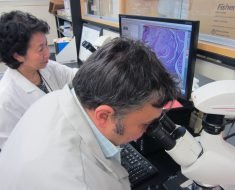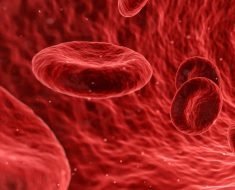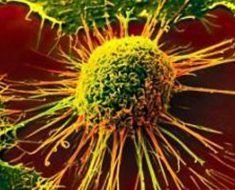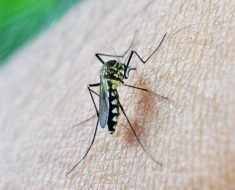Also known polythelia or an accessory or third nipple, supernumerary nipples are very commonly mistaken for moles. This fairly common, minor congenital condition usually presents as small, ill-formed extra nipples that appear on the body along what is designated as the milk line.
The milk line stretches on each side of the body from the armpit, through the usual two nipples of each breast, down the abdomen and terminates in the groin approximately near the proximal region of the inner thighs.
Supernumerary nipples are generally not actual breasts, however, if they present with functional breast tissue, then they are called polymastia. If extra nipples are found beyond this distribution then they are called ectopic supernumerary nipples.
They are generally classified into eight categories, which range from a simple patch of hair, called polythelia pilosa, to polymastia. Other categories as established by Kajava in 1915, take into account, the presence and or absence of three major components, namely, an areola (the ring of pigmented skin surrounding the nipple), glandular tissue (the milk bearing component of the breast) or nipple.
If not all simultaneously present (functional breast) or absent (polythelia pilosa), may occur in combinations of two together without the third or may present as one alone without any of the other two.
Pathophysiology of supernumerary nipples
During the development of the embryo, between weeks four and five, there is a symmetric ectodermal thickening that occurs along the ventrolateral sides of the embryo. Typically, it is along this thickening that the glandular tissue of the breasts develops in the approximate region of the fourth rib.
The rest of the ectodermal ridge regresses with the formation of breast tissue during the third month of gestation. Incomplete regression of the thickening results in a supernumerary nipple. The occurrence of such an event during embryogenesis is usually sporadic, but there have been reports of familial susceptibility.
Extra nipples quite often remain asymptomatic and may remain undetected. There are some, however, which become more obvious in periods when the body undergoes hormonal alterations such as during pregnancy, menstruation or puberty. The effects of hormones on the polythelia may cause an increase in pigmentation or some swelling, pain and in some cases lactation.
Treatment and associated medical conditions
The discovery of a supernumerary nipple is usually just a chance finding and not associated with any underlying medical pathology. However, there may be an accompanying feature of a number of syndromes that include: Simpson-Golabi-Behmel syndrome, an overgrowth syndrome, where infants are larger than normal at birth and continue to grow at unusual rates; Kaufman-McKusick syndrome, a condition that affects the development of the extremities, heart and reproductive system; and Char syndrome, a syndrome that causes facial, heart and limb defects.
Some other more common associated medical conditions that are being investigated by different studies are renal and urinary tract malformations, renal adenocarcinoma and cancers of the testicles, prostate and urinary bladder.
However, supernumerary nipples, provided they are not occurring with an underlying pathology, generally do not require treatment and do not develop into breasts during puberty.
Sources
- http://www.ncbi.nlm.nih.gov/pmc/articles/PMC3336208/
- https://www.nlm.nih.gov/medlineplus/ency/article/003110.htm
- http://www.ncbi.nlm.nih.gov/pmc/articles/PMC1309832/
- http://ghr.nlm.nih.gov/condition/simpson-golabi-behmel-syndrome
- http://ghr.nlm.nih.gov/condition/mckusick-kaufman-syndrome
Further Reading
- All Nipple Content
Last Updated: Jun 26, 2019

Written by
Dr. Damien Jonas Wilson
Dr. Damien Jonas Wilson is a medical doctor from St. Martin in the Carribean. He was awarded his Medical Degree (MD) from the University of Zagreb Teaching Hospital. His training in general medicine and surgery compliments his degree in biomolecular engineering (BASc.Eng.) from Utrecht, the Netherlands. During this degree, he completed a dissertation in the field of oncology at the Harvard Medical School/ Massachusetts General Hospital. Dr. Wilson currently works in the UK as a medical practitioner.
Source: Read Full Article





